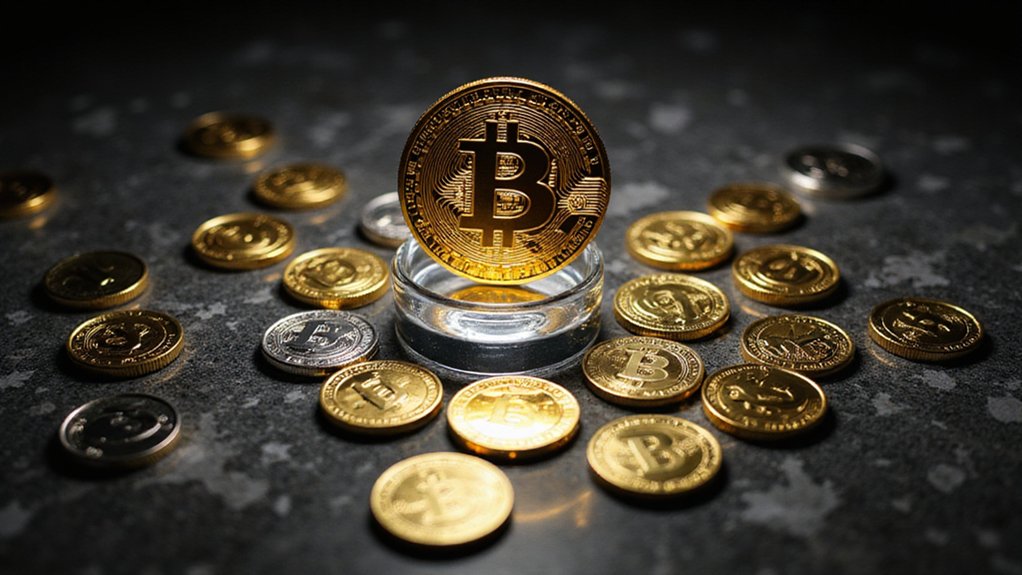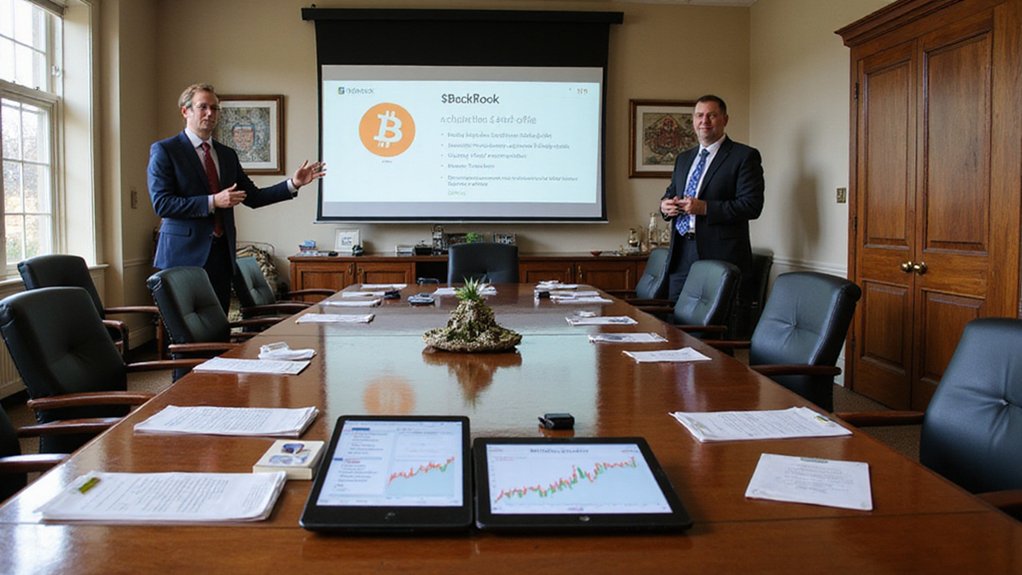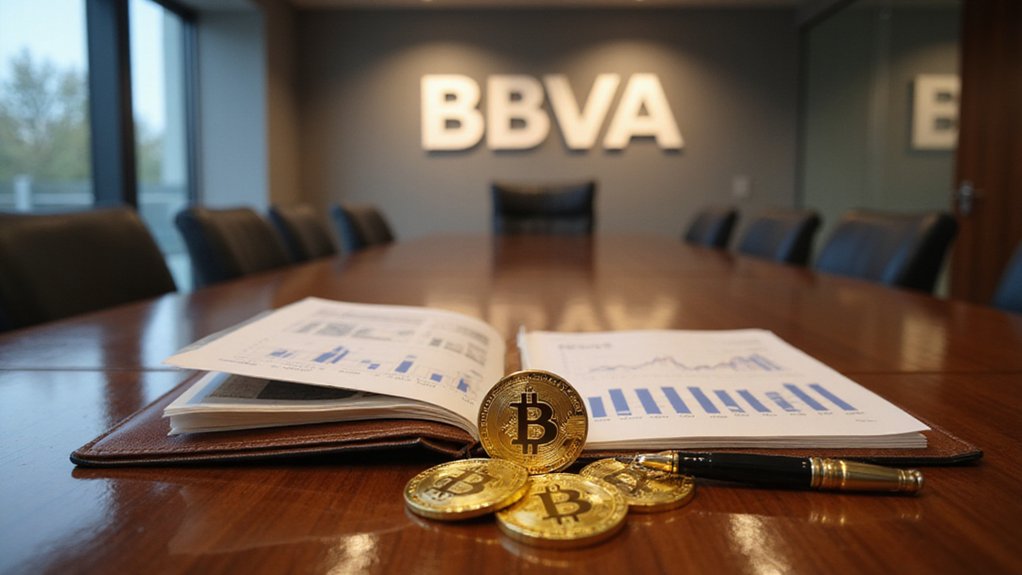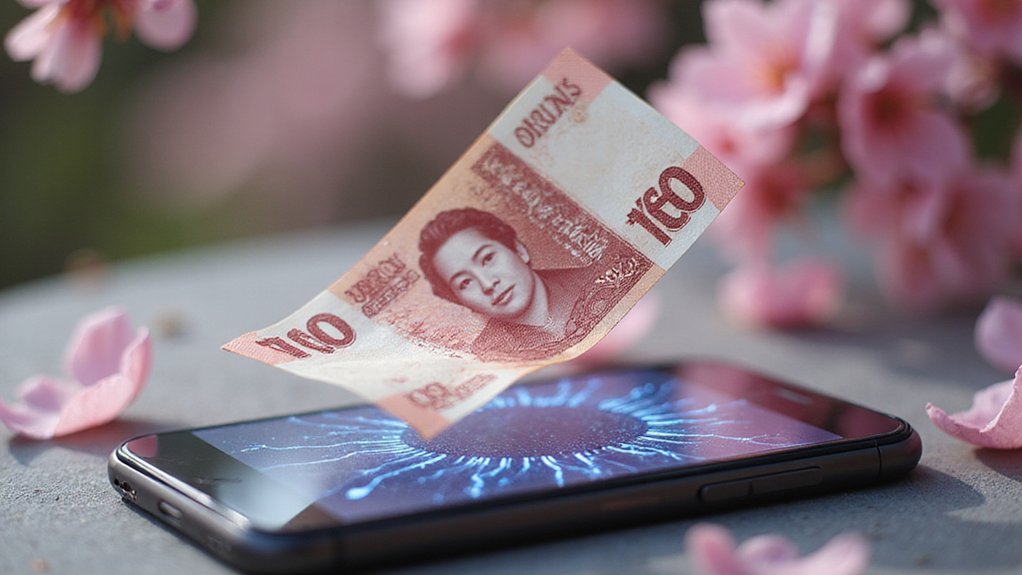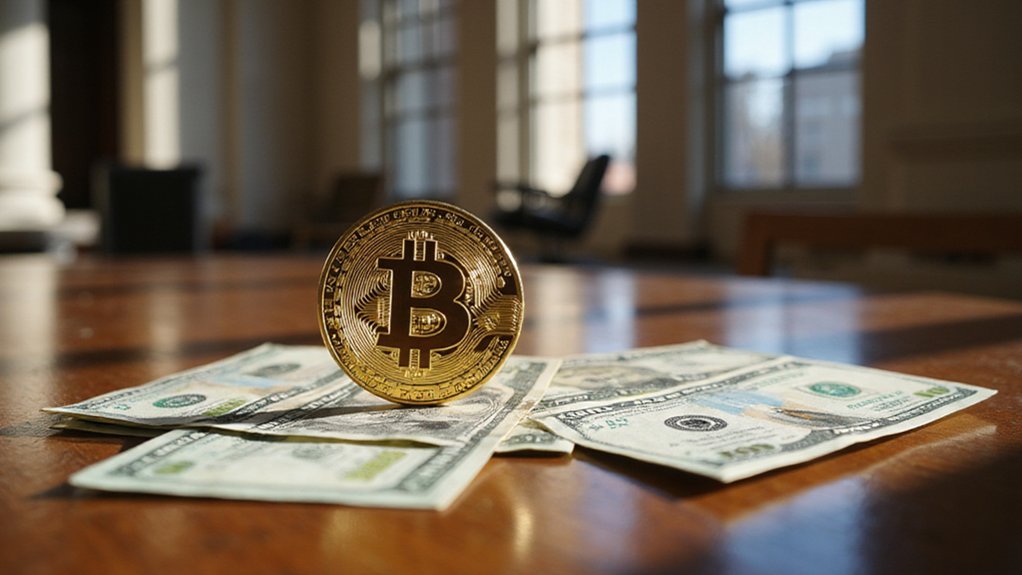While financial traditionalists once dismissed cryptocurrency as a fleeting digital novelty, South Korea’s investment landscape tells a rather different story—one where crypto holders now outnumber traditional stock investors by nearly two million participants. With 16 million Koreans maintaining exchange accounts compared to 14.1 million stock investors, the digital asset revolution has quietly transformed how an entire nation approaches wealth building.
The demographic breadth proves particularly striking. Nearly 27% of working-age Koreans (those aged 20-50) hold cryptocurrency, with the highest adoption rate occurring among forty-somethings at 31%—hardly the stereotypical young speculators financial media often portrays.
The forty-something demographic leads crypto adoption at 31%, defying media narratives about reckless young speculators driving digital asset investment.
This maturation extends to investment behavior itself: regular crypto purchases surged from 10% to 34% of investors, while mid-term trading activity nearly doubled from 26% to 47%, suggesting strategic portfolio management rather than mere speculation.
Perhaps most telling is crypto’s integration into serious financial planning. Digital assets now constitute approximately 14% of total portfolios among working-age investors, with over half of fifty-something investors incorporating crypto into retirement strategies.
When 78% of respondents in their fifties use crypto for fund accumulation, one must question whether dismissing digital assets as “gambling” remains intellectually honest.
The numbers underlying this alteration are staggering. South Korea’s projected 2025 trading volume of $663 billion, combined with daily volumes exceeding $12 billion, has elevated the Korean won to the world’s second-most-used fiat currency for crypto transactions. Major platforms like Upbit and Bithumb continue to facilitate this remarkable growth through their comprehensive trading infrastructure.
Industry forecasts suggest crypto users could reach 20 million by year-end 2025—representing nearly 40% of the population. This rapid expansion follows a notable surge that added more than 500,000 new accounts immediately after the November 2024 U.S. presidential election.
Regulatory developments further legitimize this change. Enhanced legal clarity has supported market growth, while planned won-pegged stablecoins from Korean banks by 2026 signal institutional acceptance. The global trend toward regulatory clarity is creating more favorable environments for crypto growth worldwide, particularly following significant political shifts in major markets.
The fact that 42% of investors would increase holdings if traditional financial institutions expanded their crypto presence reveals demand for mainstream integration rather than fringe speculation.
Investment motivations reflect sophisticated reasoning: growth potential, portfolio diversification, and structured savings dominate responses.
With 70% of current holders planning increased investments, South Korea appears to be witnessing not a speculative bubble, but a fundamental reimagining of what constitutes legitimate financial planning in the digital age.

